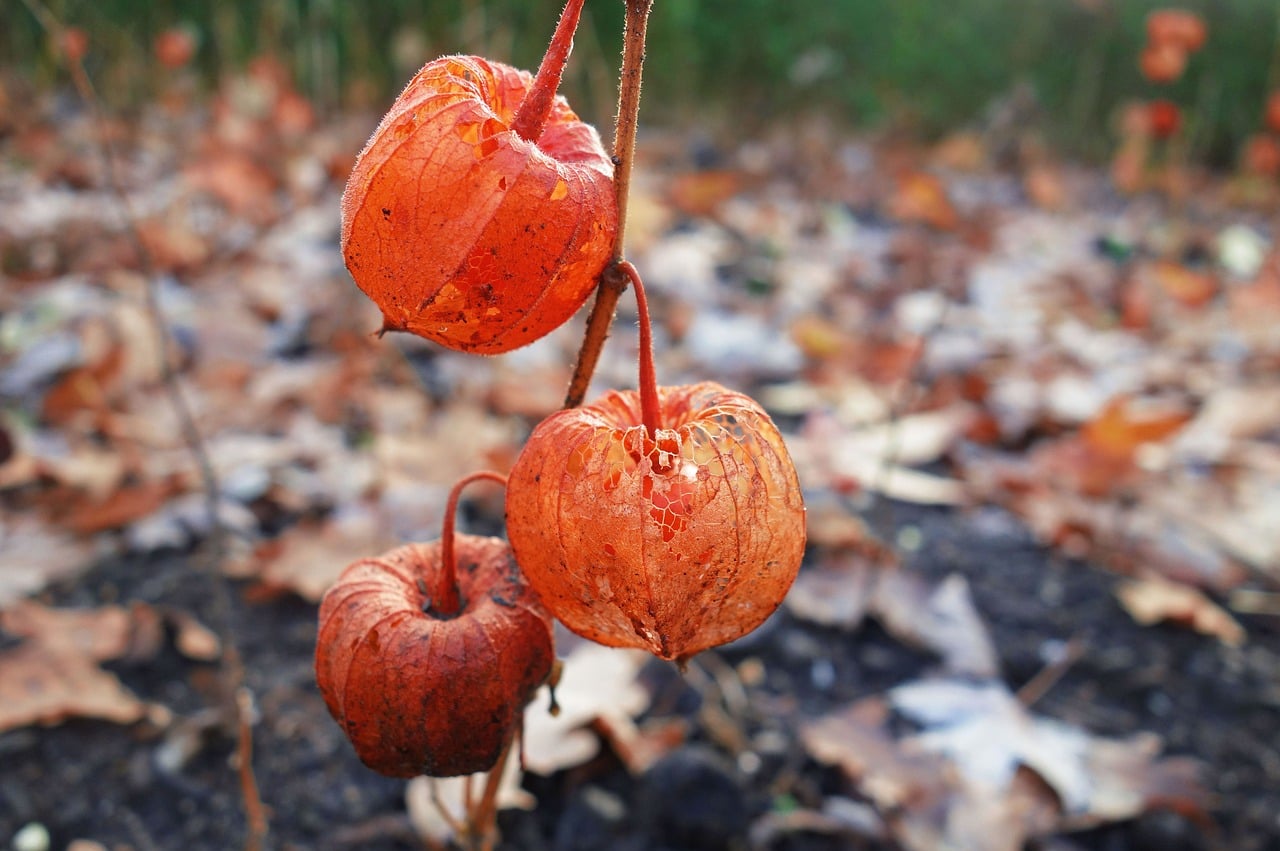Spring and summer bring us many delicious, fresh fruits like strawberries, blueberries, blackberries, raspberries and many more, but have you heard of groundcherries? Few are familiar with this marble-sized fruit, but scientists want to genetically modify it to improve availability in the U.S.
This idea comes from Zachary Lippman of Howard Hughes Medical Institute and Joyce Van Eck from the Boyce Thompson Institute. They and their colleagues combined various genomes and performed some gene editing to manipulate some important traits of groundcherries (Physalis pruinose), such as size, plant shape and flower production.
According to their results, it’s possible to take a wild plant such as this one and turn it into a domestic plant without it taking hundreds or thousands of years. Their work includes shortcuts and breeding techniques, and it was published on Oct. 1 in the journal Nature Plants.
“I firmly believe that with the right approach, the groundcherry could become a major berry crop,” Lippman, a plant scientist at Cold Spring Harbor Laboratory, said in a statement. “But I think we’re now at a place where the technology allows us to reach.”
New crops are beneficial to farmers because if they become diversified enough, consumers will have more options at the grocery store or market. According to Lippman, groundcherries have strong potential because they are drought tolerant and have an appealing flavor. He described the fruit as tropical, yet sour and resembling the taste of vanilla.
Scientists also call the marble-shaped fruit “husk cherries” or “strawberry tomatoes.” The plant is native to Central and South America and belongs to a group of plants known as “orphan crops.” Unfortunately, mainstream crops rarely make it into mainstream agriculture because they have a poor shelf life and are incredibly challenging to grow.
If scientists succeed at improving these plants and enabling farmers to start mass production of them, they could soon fill grocery store shelves, although this will require a large investment of money and time. According to Lippman, it can take a plant from decades to thousands of years to become domesticated. That’s why researchers have to figure out each plant’s genetics and work out adaptations and more ways to cultivate it.
Genome editing could give orphan plants like this marble-sized fruit a greater agricultural advantage. Genome editing is already used to develop new traits in corn, soybeans and more. However, it hasn’t been applied to orphan crops until now. Lippman told CNN that people have been eating genetically-modified plants for millennia by breeding fruits and vegetables with the most desirable traits.
“We have been eating mutations in plants and animals since humans started to improve crops thousands of years ago,” he said. “That’s a random process and took thousands of years. With gene editing, you’re now just making one mutation in one gene in the simplest sense.”
Van Eck also told the news outlet that the groundcherries which can sometimes be found at local farmers’ markets in the United states are “very refreshing,” although her team hopes the technique can be used on other plants too.
“We rely on just a handful of major food crops,” she said, so we need to “diversify our diets.”
Would you eat this marble-sized fruit?





